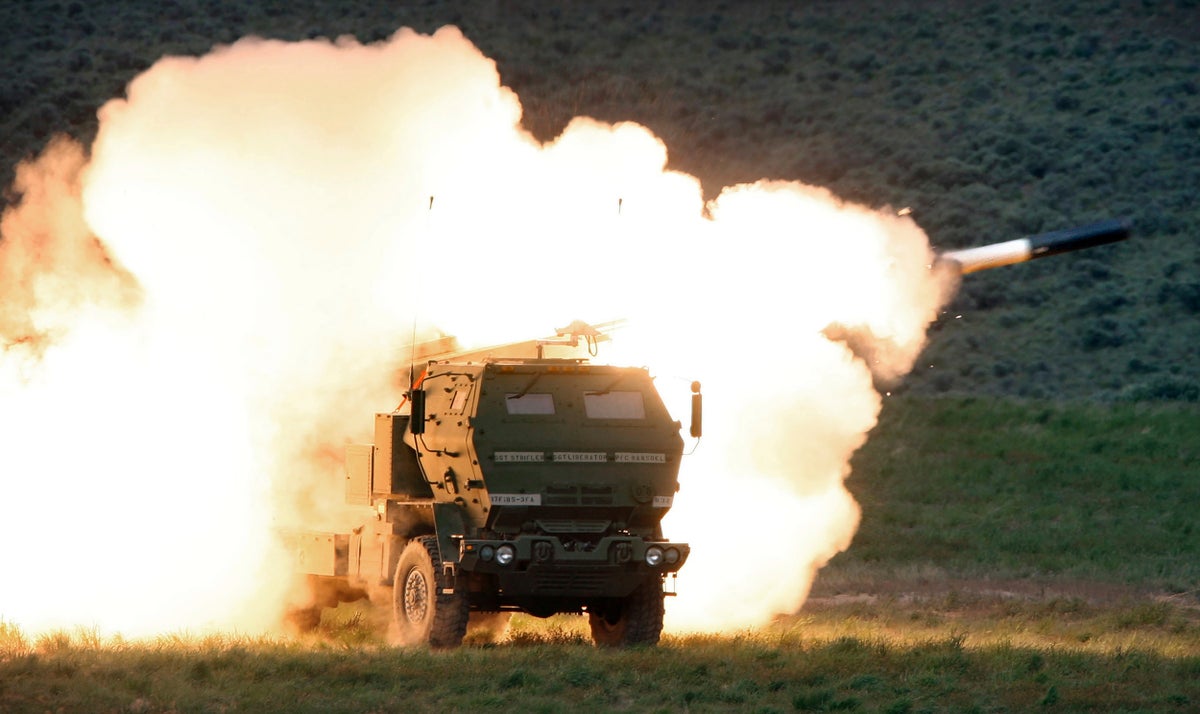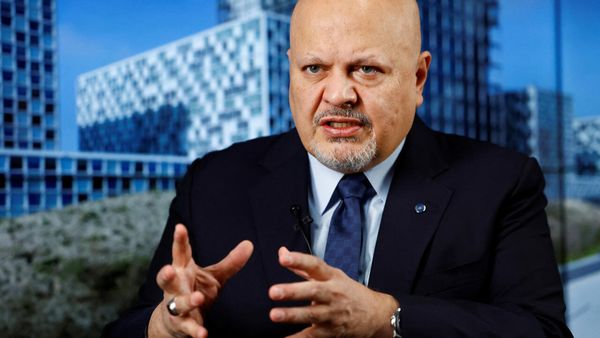
The United States secretly modified a powerful rocket-launcher system it has provided to the Ukrainian military to prevent it from firing missiles into Russia and escalating the nearly year-long conflict.
After the war began in February, the US began sending increasingly powerful military equipment to its ally Ukraine to help it fend off the invasion from the much larger and better-armed Russia.
Eventually, that arms transfer came to include 20 High Mobility Artillery Rocket Systems (HIMARS), military trucks used to launch satellite-guided rockets.
As The Independent has reported, HIMARs have made an enormous deference on the battlefield, with one senior US defence official calling them “the most hunted things in all of Ukraine” due to their effectiveness in disrupting Russian operations.
The HIMARs have helped turned back the Russian onslaught because they’re highly mobile, easy to hide, and can fire rockets with a range of about 50 miles in the configuration given to the Ukrainian forces.
However, according to a Wall Street Journal report, the US modified the HIMARs so they wouldn’t be able to fire long-range missiles into Russia itself, hoping to head off a wider conflict or the perception that the US is an active combatant. The tweaks mean the truck launchers can’t fire long range US Army ATACMs missiles, and foreclose the use of other long-range weapons systems Ukraine might acquire from other countries or companies.
Both the Ukrainian military and the Pentagon declined to comment on the report.
“Due to operational security considerations, we do not comment publicly on the configuration of systems provided to allies and partners,” Pentagon spokesperson Air Force Brig Gen Patrick Ryder told the Journal. “The United States remains committed to providing Ukraine the capabilities it needs to counter Russian aggression.”
The US has provided a variety of different weapons to Ukraine since February – Stinger missiles, M777 howitzers, shoulder-fire Javelin antitank rockets – but has so far held off on providing longer-range capabilities.
Russia has warned the Kremlin considers giving Ukraine long-range missiles would be considered a deliberate provocation.
“If Washington decides to supply longer-range missiles to Kyiv, then it will be crossing a red line and will become a direct party to the conflict,” Russian Foreign Ministry spokesperson Maria Zakharova said in September.
Still, according to the US, the HIMARS have helped turn the tide in the war.
“The Ukrainians are good. Right now they’re having a really significant effect on the Russians’ ability to prosecute operations,” a senior official US told The Independent in July.
“The Ukrainians have concentrated a great deal of effort on [targeting] the Russian command and control, their logistic supply areas, to include all sorts of classes of supply, in particular ammunition,” they added.
And the truck-mounted missiles have allowed them to do just that.
Leaders on all sides are wary of the Ukraine conflict becoming a full-blown war between Nato and Russia.
In November, an explosion in Poland killed two people at the same time as a particularly brutal Russian missile barrage in Ukraine, raising fears the Kremlin had attacked a Nato nation.
However, Russia denied involvement in the attack, and Poland has said initial indications suggest the explosion was an accident involving a Ukrainian air defence missile.







